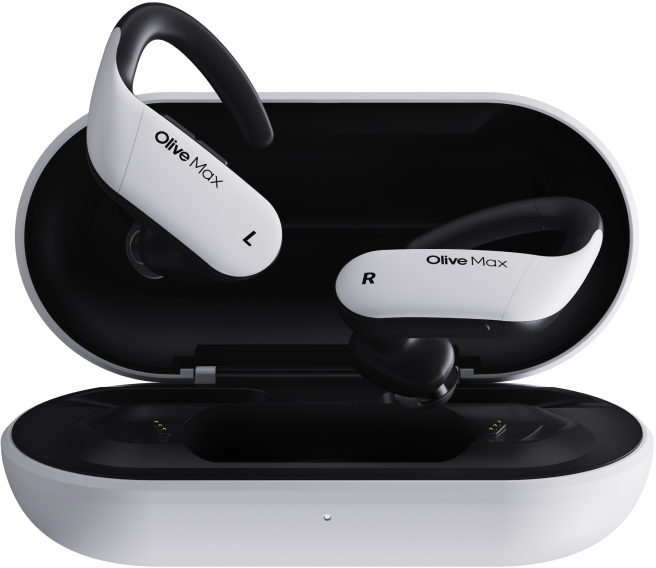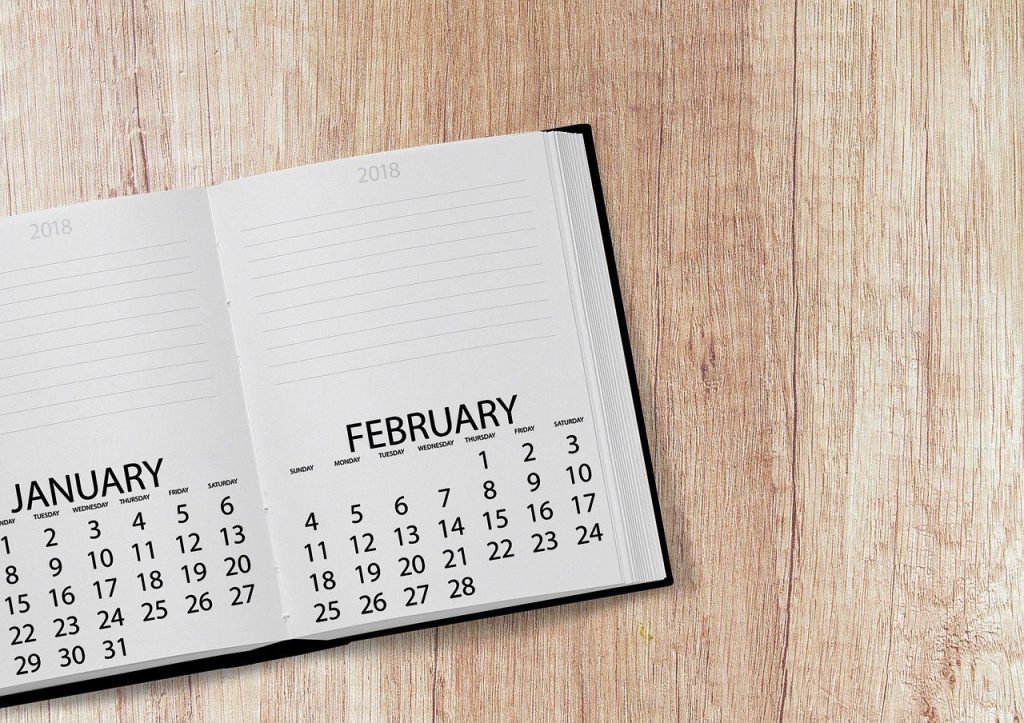
Hearing aids usually need to be replaced every five to seven years, however, improper care may result in decreased performance or even breaking before their replacement date. Proper hearing aid maintenance and routine care will ensure that you get the longest life possible.
Water and Hearing Aids Do Not Mix

First and foremost, never get your hearing aid wet! Most hearing aids are designed to be water resistant, but they can still be damaged if water gets inside of them. Take your hearing aid out anytime you are taking a shower, going swimming, getting into a hot tub, or even entering a steam room.
Any moisture that gets into your hearing can permanently damage the delicate electronic components and cause your hearing aid to stop functioning.
When cleaning your hearing aid, make sure you don’t use water. This also applies to other types of liquid such as hair spray or hair gel: remove your hearing aids before applying anything wet to your hair or body.
If your hearing does get wet, dry the components gently with a towel. Never use a hair dryer or other high heat device which could melt or otherwise damage some of the components. When your hearing aids are not in use, make sure you store them in a safe place that is dry and cool.
Clean Your Hearing Aid Regularly
Cleaning your hearing aid regularly will ensure they continue to function well. Cleaning them at night just before bed will allow them time to air out before your next use. Before cleaning your hearing aid, be sure to wash your hands to avoid exposing the device to dirt or oils from your hands. It’s recommended that you remove your hearing aids over a soft surface, such as a towel or cushion, in case of an accidental fall.
There are several tools available that will greatly help you in the process of cleaning your hearing aid. These tools include:
- Hearing aid cleaning brush: the brushes provide a soft tip so that you can gently clean the different components of your hearing aid such as the body, faceplate, and sound port.
- Wax pick / wire loop: these tools enable you to easily remove wax from the hard-to-reach areas of your hearing aid.
- Multi-tool: the tools are essentially a Swiss Army Knife for hearing aids; they come with a brush, wax pick and loop, and other tools that make cleaning your hearing aid easy.
Your Hearing Aid Batteries
In order to get the longest life from your hearing aid batteries, turn off your hearing aids when not in use. If you use rechargeable hearing aids, return them to their charging ports every night to maintain the rechargeable batteries. Rechargeable batteries are also much easier in terms of hearing aid maintenance when compared to regular batteries.
With regular batteries, replace them often so that you don’t get stuck with a dead hearing aid. When changing the batteries, clean the contact points to ensure your batteries have a good connection. You can use a cotton swab to do this, but use care to not damage the contact points. Also, wipe down the seat for the battery.
Schedule Routine Professional Cleanings
Even with routine home-care of your hearing aids, for the best hearing aid maintenance periodically have your hearing aids cleaned by a professional. During these cleanings, an audiologist or other hearing care professional will inspect your hearing aid to ensure that all components are functioning properly.
Speaking of routine professional cleanings, you should also set up an appointment with your doctor periodically to have your ear canals cleaned.
Any earwax that has accumulated in your ear can hinder the transmission of sound from your outer to your middle ear; earwax can also prevent your eardrum from vibrating properly and inhibit your ability to hear well. An abundance of earwax can also impact your hearing aid.
How To Fix Hearing Aid Feedback
Feedback from your hearing aid happens when sound from the hearing aid speaker escapes the ear canal and makes its way back to the microphone. This results in the sound being re-amplified which causes a whistle, hiss, squeal, or screech.
Feedback can occur when your hand or something else gets too close to your ear, when you’re removing your hearing aids or putting them in, or when they get jostled, such as from a hug.
The simplest and usually most effective solution to dealing with hearing aid feedback is to remove the device from your ear and re-insert it, making sure that it is seated properly in your ear. This should close the gaps that are allowing sound to escape your ear canal.
Wax buildup in your ear can also cause sound waves to bounce back and out of your ear canal, so make sure that your ear is free of wax buildup.
However, feedback can also occur due to cracked or broken tubing, dislodged microphones, or other problems with the electrical circuits in your hearing aid.
If earwax removal and reinsertion of your hearing aid don’t fix your feedback problem, then make an appointment with your hearing health professional who will be able to resolve your feedback issue.
The information in this guide has been written using the following reliable sources:
https://www.nidcd.nih.gov, https://www.healthyhearing.com, https://www.southwesternhearing.com, https://soundrelief.com, https://www.earq.com, https://www.hearingaids.com, https://www.hear-it.org










